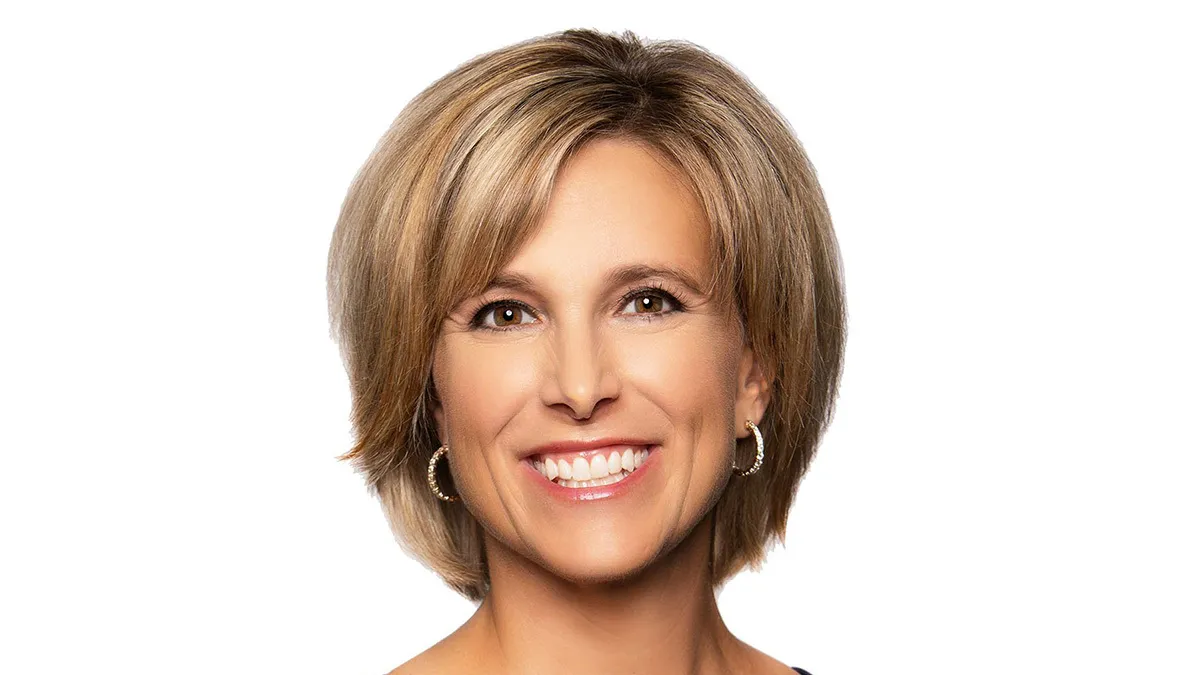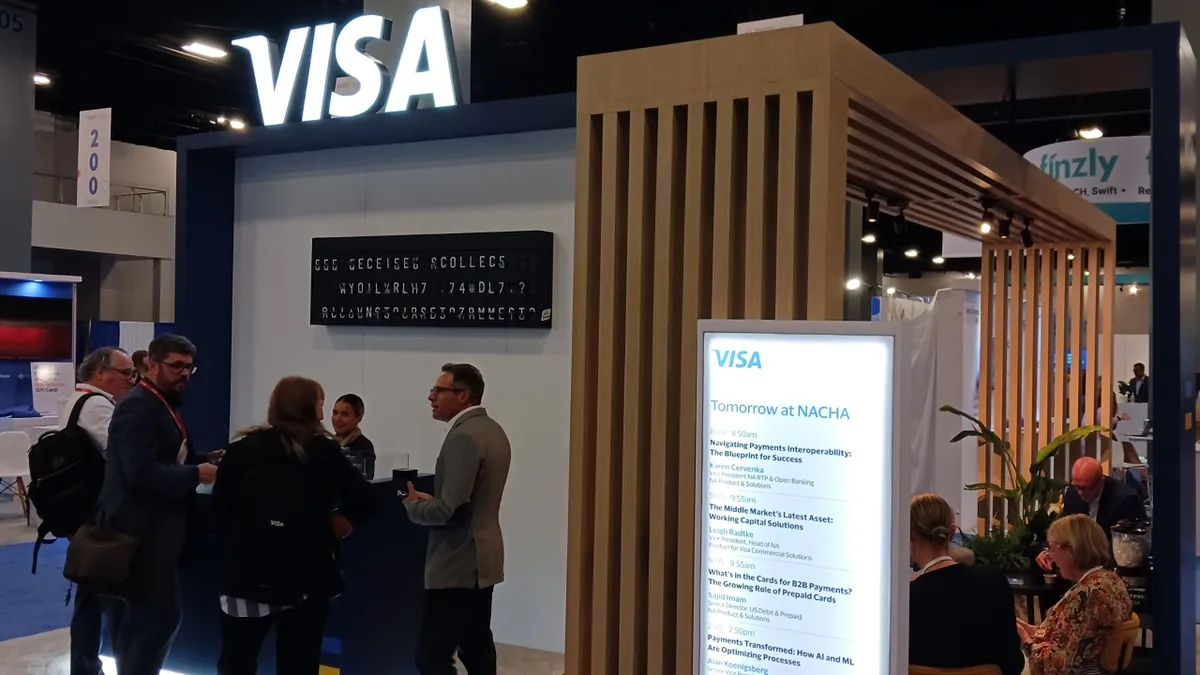Treasury Department Undersecretary Nellie Liang called Wednesday for a new regulatory approach to domestic payments in an era in which digital money movement has outgrown state oversight.
In a speech delivered at a two-day Chicago payments conference, Liang discussed how new forms of electronic money and digital payment tools have made the current state regulatory framework less effective. She explained how the states’ historical oversight in this area, built around money transmitter regulations, was no longer effective, or beneficial, to the financial system.
“Our current state-based regulatory framework has not kept pace with the growth in new kinds of money and payments, raising risks for the integrity of the payment systems and trust in money,” Liang said at the Chicago Payments Symposium, according to a transcript of her remarks. “The state-level framework with varying requirements also raises barriers to entry, limiting competition and innovation.”
She advocated for a new approach that would help better manage risks; foster innovation; and build trust among consumers in the U.S. system, and with the international community. She said she was seeking to start a broader discussion and didn’t lay out a specific vision.
Liang explained how “financial resources, risk management and activities restrictions” are essential to any modern framework for overseeing non-bank entities that provide payments services and allow for the electronic passing of money, what she referred to as “e-money.”
The new era of digital money was brought on by a decline in the use of cash in the U.S., a trend that was accelerated by the COVID-19 pandemic, she said. But it has also been egged on by the advent of real-time payments and tokenized money transfers via distributed ledger technology. In addition, she pointed to the rise of private, non-bank money instruments, such as stablecoins, as well as digital wallets for money transfer.
State regulations were designed to oversee money transmitters that enable consumers to send cash to family members in other states or countries and use business models that turn on holding the money only for short periods of time, Liang said. But she suggested such services have evolved beyond such simple models. The states’ regulations also vary significantly.
She also noted that those evolving businesses might benefit from more access to federal payment rails, including automated FedACH services and FedNow real-time services.
Liang faulted the current system for creating “duplicative and overlapping regulations” that don’t address “important risks,” including those that may stem from outside a state’s borders, and those that may be a threat to the broader financial system.
“The existing regulatory patchwork is burdensome and inefficient, and at the same time does not adequately address risks to consumers and the financial system or promote competition and innovation by facilitating access to real-time payment systems,” she said.
“By applying a prudential regulatory framework to e-money issuers, we might also hope to facilitate bank partnerships with e-money issuers,” Liang said. “We may also consider whether other service providers — like some critical technology or network providers — should be subject to more supervision more directly. This does not mean that these firms should be subject to the same kinds of standards as e-money issuers or banks.”
She noted that one state regulatory trade group, the Conference of State Bank Supervisors, has in recent years sought to better coordinate their supervision and regulation of e-money businesses, but she suggested the progress had been limited by the difficulty of establishing the same standards in different states.
The group responded quickly to her comments after she delivered the speech, welcoming the Treasury Department’s perspective on the one hand, but essentially telling the Feds to back off.
“As the payments landscape continues to evolve, with new entrants and new technologies, it is vital that all participants engage in an iterative and thoughtful process to identify and address risks to consumers and financial stability,” CSBS CEO Brandon Milhorn said in a Thursday statement on the group’s website. “However, the absence of a federal regulator does not, in and of itself, constitute a regulatory gap.”
Nonetheless, one fintech group that has been eager to have more direct access to federal payments rails praised her comments.
“Leading payment companies still lack access to the Federal Reserve’s payment rails, a missed opportunity to speed up payments and save people valuable time and money,” Financial Technology Association CEO Penny Lee said in a Wednesday press release. “Today’s announcement is a step in the right direction, and we look forward to working with the Treasury Department and Congress to allow for the optionality of accessing FedNow and other Fed services for leading payments companies.”



















